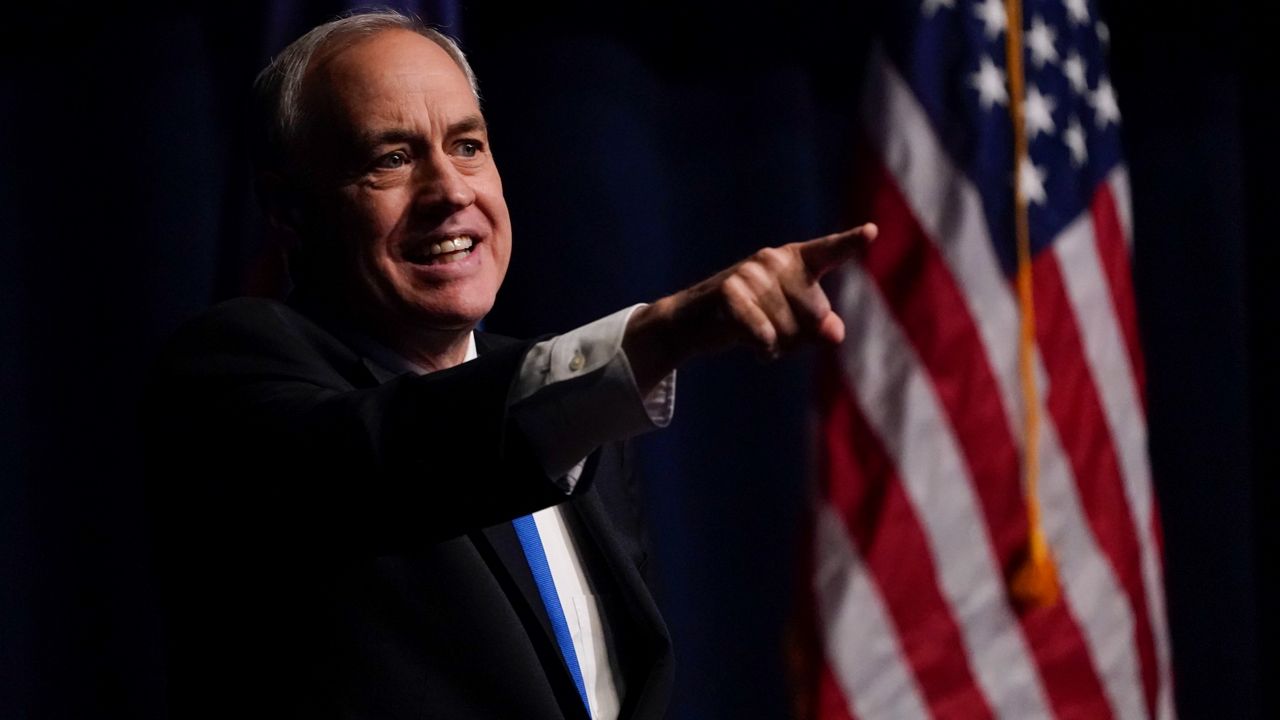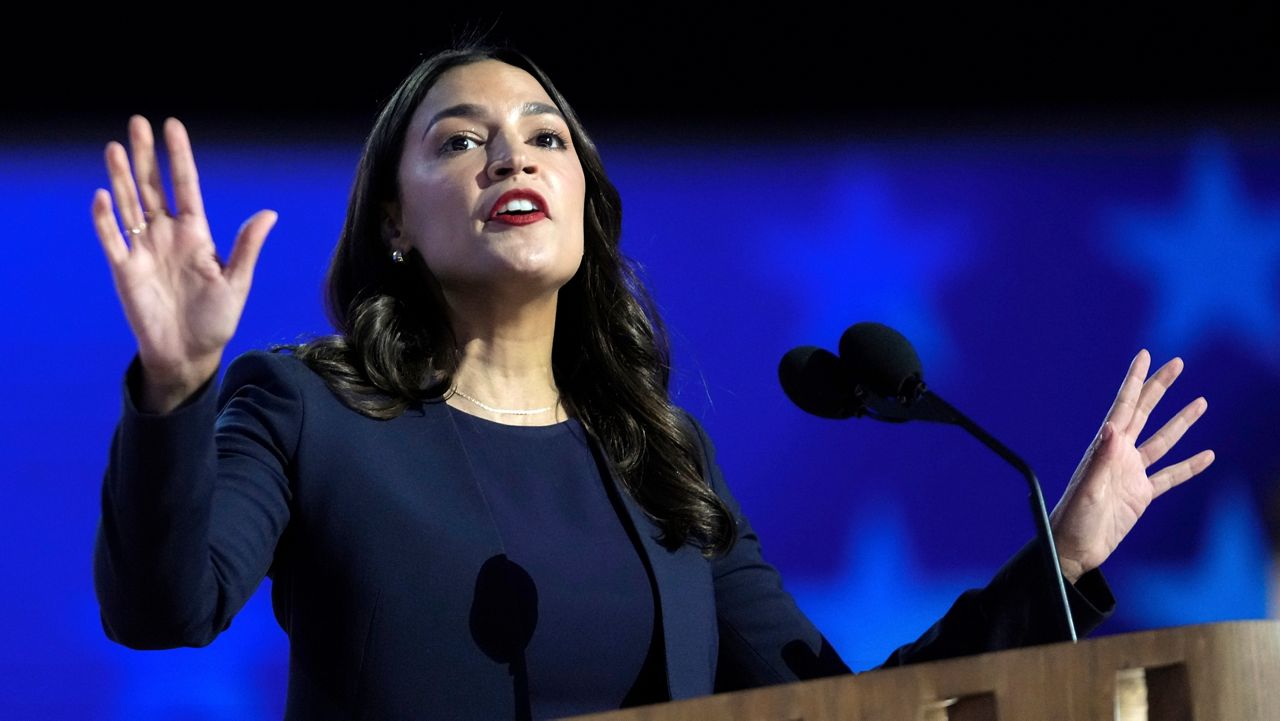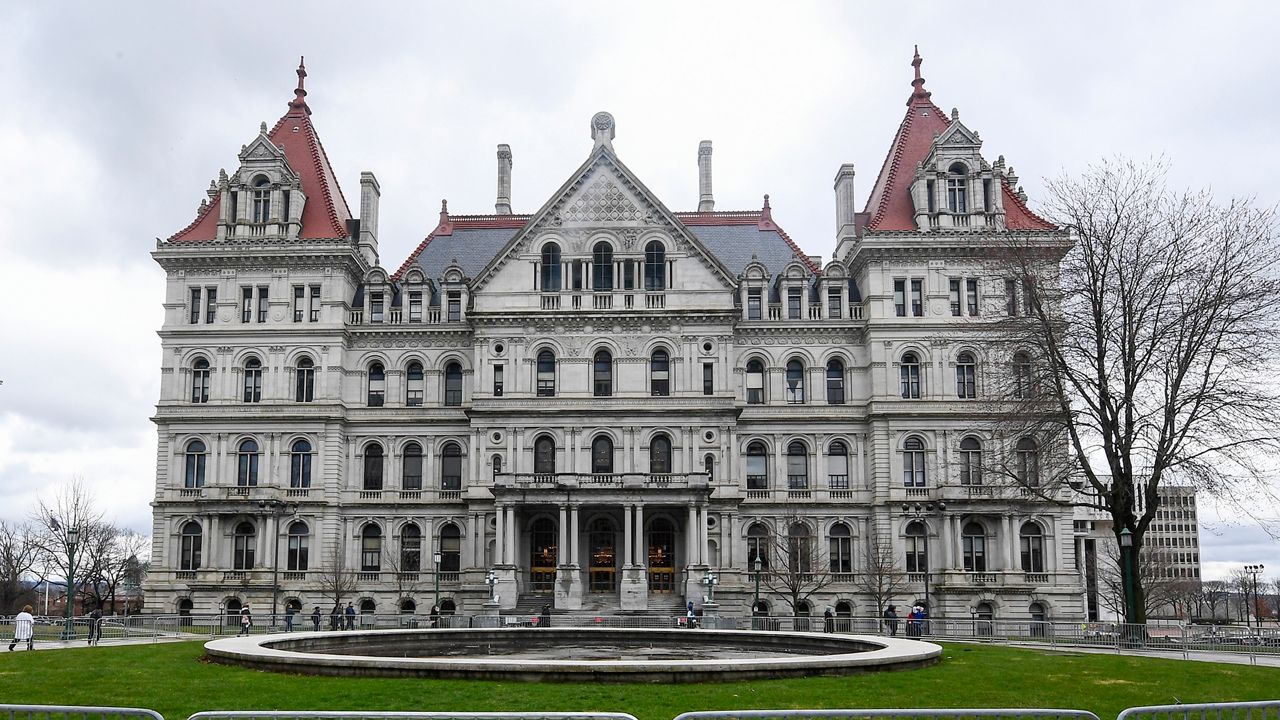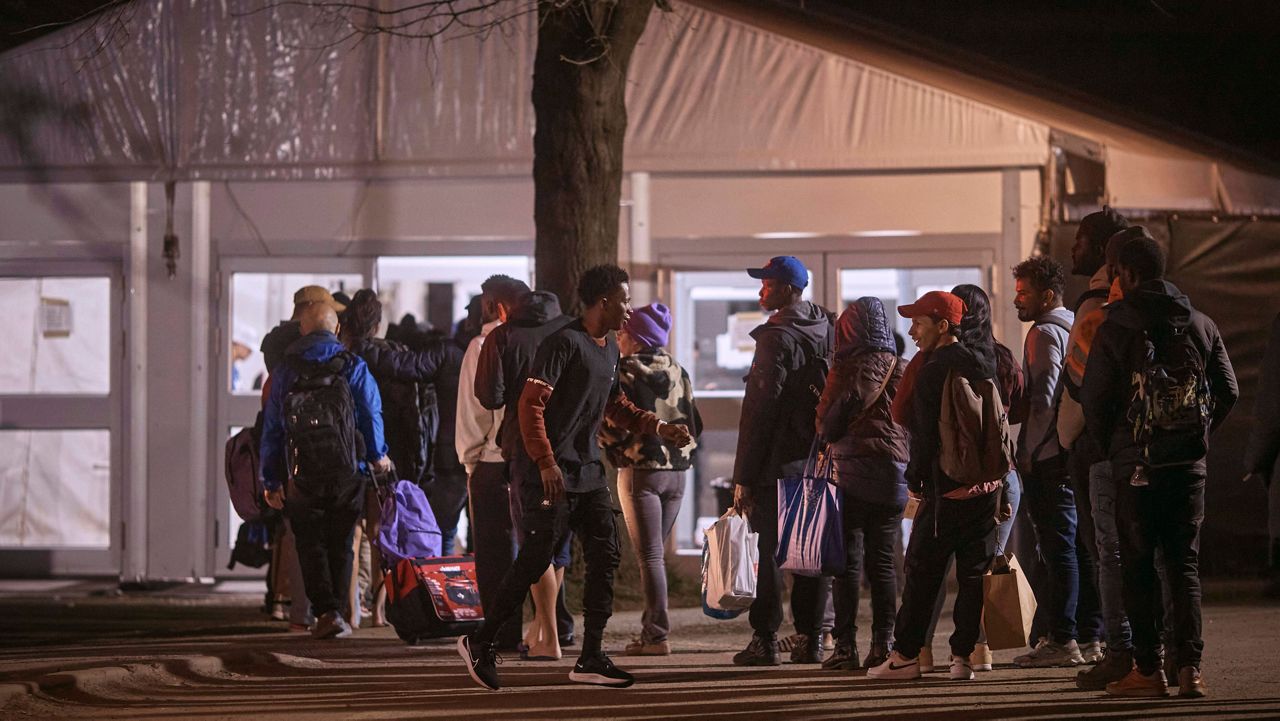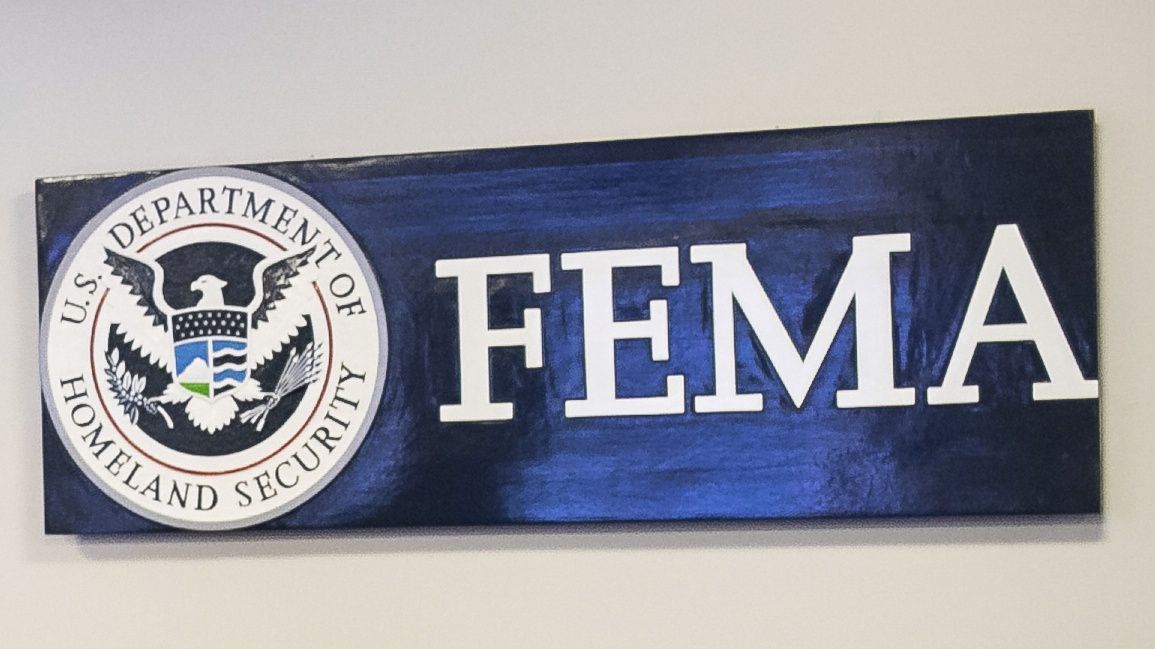Question marks remain for New York's finances as federal pandemic aid is set to conclude and a potential economic downturn looms, Comptroller Tom DiNapoli said in a statement on Wednesday.
The finalized $229 billion budget plan approved by lawmakers and Gov. Kathy Hochul this week included record levels of funding for schools and boosts support for mental health care in New York. It will also commit more money to the Metropolitan Transportation Authority in the New York City area.
All that is laudable, DiNapoli said. But there are transparency issues that continue to stem from the budget.
At the same time, there are billions of dollars in the budget exempt from oversight by his office, DiNapoli said.
"There is still too much spending through lump sums without details, and the budget still lacks much-needed transparency," he said. "Provisions were included that appear to exempt approximately $5 billion from Comptroller oversight. There is also a significant increase in capital projects funding which will place more burden on the state’s remaining debt capacity and New York's already high debt levels."
He also warned state lawmakers and the governor could soon be dealing once again with gaps in spending and revenue — requiring either an increase in taxes or cuts in costs. Potentially, lawmakers and the governor may need to do both, a politically unsavory mix.
"With an end to federal pandemic aid approaching and the possibility of an economic downturn, it is unclear how recurring obligations will match recurring revenue in the years ahead, which could mean out-year budget gaps that put future funding of critical programs in jeopardy," DiNapoli said.
The size of the budget also concerned budget hawks at the Empire Center. Spending has increased significantly this year and is projected to go even further in the future.
“Gov. Hochul’s budget division has already indicated state expenses will outpace revenues by more than $20 billion over the next three years," said Ken Girardin, a senior fellow with the organization. "Hiking spending more than $2 billion above the governor’s February proposal, and drawing from the state’s fund balance to cover part of it, will increase those budget gaps and leave New York with less ability to manage them, especially in an economic downturn.”





